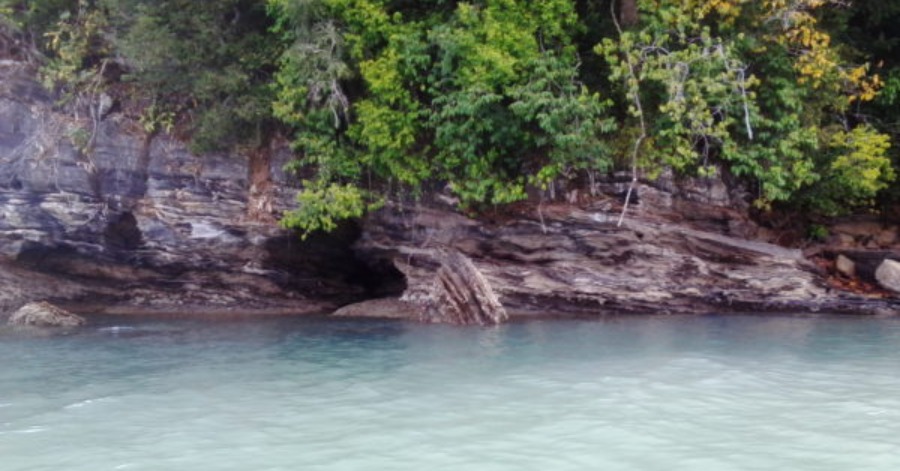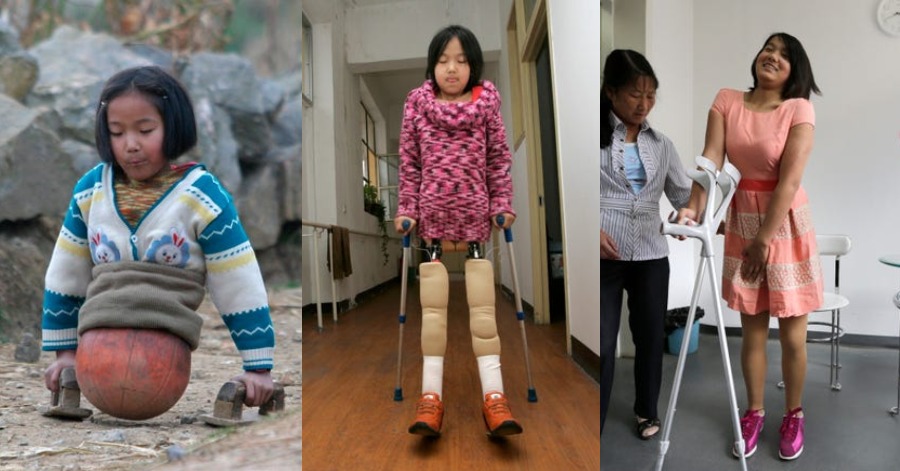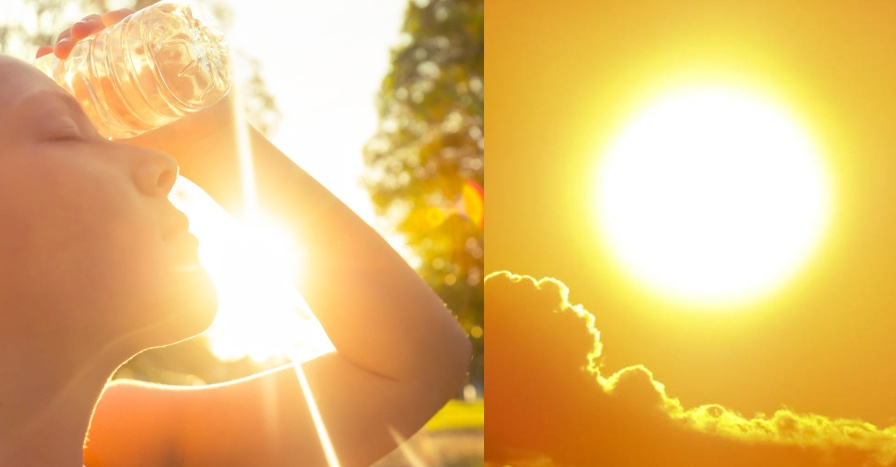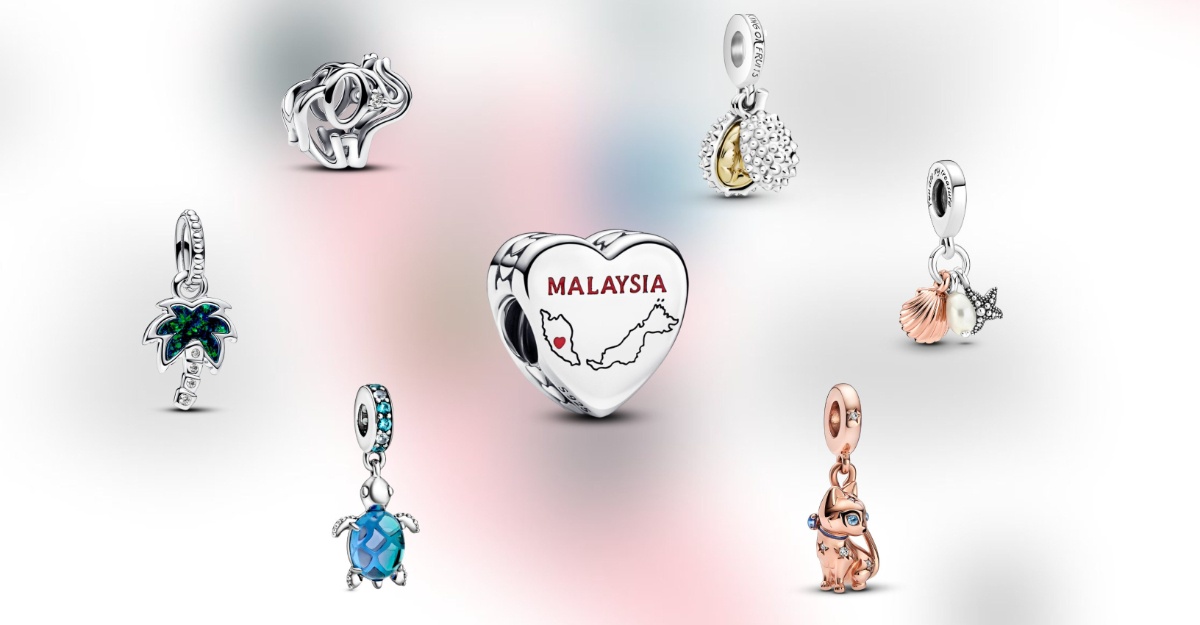LANGKAWI (Bernama) – Not many people may know that Sungai Kubang Badak – one of the 99 islands that make up the Langkawi archipelago – was once a leading producer of mangrove charcoal sourced from thebakau minyak(Rhizophora apiculate) andbakau kurap(Rhizophora mucronata) mangrove species.
However, productions ceased soon after Langkawi was awarded UNESCO Global Geopark status on June 1, 2007, making it Southeast Asia’s first global geopark.
Sungai Kubang Badak has a fairly new geo-tourism product, the Kubang Badak BioGeoTrail, that was introduced in 2019 to enable visitors and tourists to explore and enjoy the beauty of the area’s pristine mangroves as well as visit 12 geosites steeped in history and culture, including Bukit Menora, Sungai Siam and Gua Pinang.
These sites are only accessible via boat rides along the Siam River. Boats can be hired from the Kubang Badak Fishermen’s Jetty (which is a 40-minute drive from Kuah town) at RM250 an hour (for eight passengers). It takes two to three hours to complete a tour of all 12 sites in the area.
BURNING CHAMBER
Certified tour guide Iqramullah Othman, 22, told journalists, who participated in the recent four-day Expressi Media programme organised by Tourism Malaysia, that among the interesting historical sites in Sungai Kubang Badak is Bukit Menora which houses the remnants of a mangrove wood-burning chamber that had existed for 150 years.
Apparently, the mangrove wood had to go through the burning process for at least a month before it turned into high-quality and commercially viable charcoal.
“Based on historical accounts, it was the Siamese community here who popularised the production of charcoal from the mangrove trees as this area was formerly a major trading area frequented by foreign traders from countries like China and India.
“Among the materials used to make the burning chamber were sandstone collected from riverbanks that were circular in shape, as well as sandstone cut into the shape of bricks,” he explained, adding that the charcoal production activities stopped in 2007 after Langkawi was accorded UNESCO Global Geopark status and its mangrove forests were designated as a natural resource that must be protected and preserved.
Bukit Menora, named after a dance drama that is popular in southern Thailand, also has unique fauna, among them being the smooth-coated otters that captivate tourists with their gentle demeanour. Its seas are also home to a host of marine life such asikan loban, lobster and mantis shrimp.
ANCIENT CAVE
Another interesting geosite in Kubang Badak is an ancient sea cave called Gua Pinang which is said to have been formed by the waves 6,000 years ago when the sea level was 15 metres higher than it is now.
The cave’s one-metre thick walls embedded with mussel and oyster shells are testimony of the change in the sea level in this area.
Gua Pinang, said Iqramullah, is Malaysia’s oldest cave and among the largest caves in Langkawi, and it has several chambers that are connected by narrow passages.
“This 130-metre long cave has the largest bat colony in Langkawi with a population of about 7,000 to 8,000 that include unique species such as the large Asian roundleaf bat and cave nectar bat.
“The cave has benefited the local community who for years have been collecting guano (bat excrement) from its floors for use as fertiliser for durian and fruit orchards,” he explained.
Gua Pinang also has its share of interesting flora and fauna, including agarwood,asam batu(botanical name begonia sp), brown-winged kingfisher and great hornbill.
CRAB CATCHING EXPERIENCE
After an exhilarating tour of Sungai Kubang Badak, tourists and visitors can stop at the mangrove crab (ketam nipah) rearing farm – operated under the supervision of the Koperasi Nelayan Sungai Kubang Badak Bhd – located not far from the main jetty to learn how to catch crabs.
Cooperative manager Rusasmizal Mohamad Ghazali said the farm was set up to encourage the cooperative members to be involved in the development of ecotourism activities in the area.
“We opened the farm before the start of the COVID-19 pandemic. A group of students from UiTM Arau, Perlis, visited us to learn how to breed crabs,” he said, adding that besides mud crabs, they plan to rear other types of marine life including lobsters to attract tourists to their farm.
Explaining the mangrove crab rearing process, Rusazmizal said they buy the seed stock from fishermen in Sungai Kubang Badak at a price of RM12 a kilogramme (comprising 10 to 12 crab hatchlings, each weighing 90 grammes). The crabs are placed in a breeding pond for three months and fed pieces ofikan tamban.
“After three months when they attain a weight of at least 200 to 250 grammes each the crabs will be caught and ‘quarantined’ in a basket for three days to cleanse them of their excrement,” he said.
He said usually about 80 percent of seed stock of 5,000 hatchlings grow well enough to meet the required standards for packing and distribution to buyers or for cooking purposes at the restaurant located not far from their farm that is owned by a cooperative member Mohd Rashid Hassan.
His Crabfarm Langkawi restaurant’s offerings include mud crab noodles (priced at RM20), steamed crabs (RM7) and prawn noodles (RM20). The mud crab noodle dish is the crowd favourite as the sweetness of the crab meat goes well with its Thai-style gravy.
Sources: BERNAMA









Leave a Comment